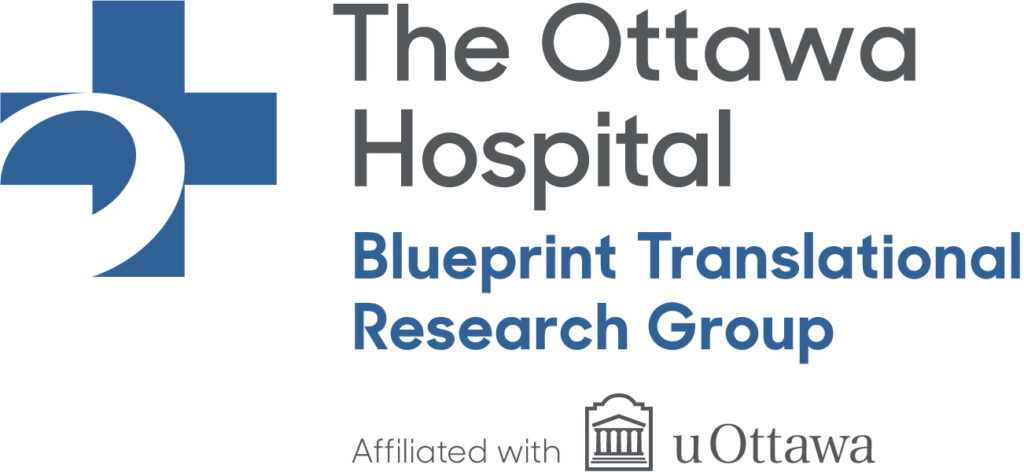Predatory Journals
A one stop shop for resources

What is a predatory journal?
Predatory journals are academic journals that fail to uphold expected best practices. For example, they may not conduct peer reviews or index their articles. Working with a team of international stakeholders, we established a formal consensus definition for ‘predatory journal’.
“Predatory journals & publishers are entities that prioritize self-interest at the expense of scholarship and are characterized by false or misleading information, deviation from best editorial and publication practices, a lack of transparency, and/or the use of aggressive and indiscriminate solicitation practices.”
This definition was the culmination of a three-part research program
Challenges distinguishing predatory journals
The definition of predatory journals/publishers is presently being operationalized to be able to support direct assessments about a given journal’s transparency practices. A key challenge with predatory journals is that sometimes the distinction between predatory journals and legitimate journals is not clear cut. There are a number of factors that contribute to the challenge of distinguishing predatory and legitimate journals.
- Many legitimate journals operate behind closed doors (e.g., conduct closed peer review), meaning that it is difficult to openly evaluate their practices. See our work on improving transparency in journal operations.
- Journal operating budgets vary tremendously – some actions considered to be best practice have costs barriers that are too high for some legitimate journals to overcome (e.g., costs associated with archiving).
- It’s possible that ‘junk science’ (e.g., research with poor methodological quality or reporting) can appear in legitimate journals. While this is problematic, we view this as a distinct issue.
Who do ‘predatory journals’ prey upon?
The term ‘predatory’ implies that researchers are ‘prey’ to these journals. While there are certainly many instances of researchers falling prey and inadvertently submitting to predatory journals they thought were legitimate, there are other cases where researchers knowingly submit to these outlets. Researchers face a pressure to publish – the number of academic articles published is often used as a currency for success. Predatory journals exist in part because there is an exploitable market that is willing to support them.
This suggests that the term ‘predatory’ may not reflect the broad realities of how predatory journals function or how the community interacts with them. We none-the-less use the term here since it has had a broad uptake in the community.










